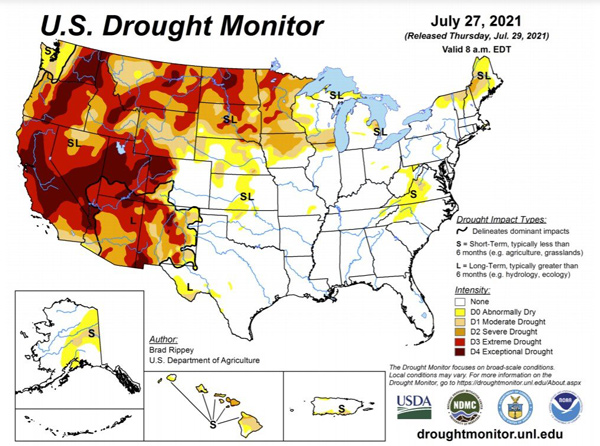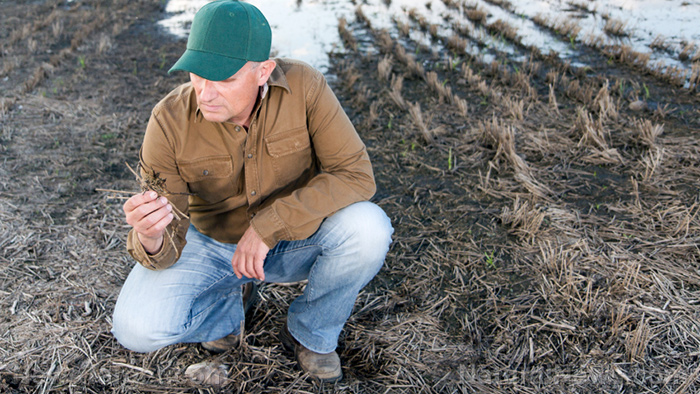Par for the course: Concerned teen diver stumbles upon vast sea of golf balls that pollute the California coast
12/04/2019 / By Edsel Cook

Hundreds of thousands of golf balls have littered the seabed off the coast of California. First discovered by a teenager, the toxic plastic trash is now getting cleaned up slowly but surely by concerned citizens.
Alex Weber stumbled across the pollutants during a snorkeling trip in the Monterey Bay National Marine Sanctuary in 2017. She and her friends decided to recover the golf balls from the ocean floor.
The environmentally-conscious teens removed more than 10,000 balls, which weighed more than half a ton. Eventually, Weber contacted Stanford researcher Matthew Savoca for advice.
Unlike most plastic trash, golf balls didn’t float on water. Their lack of buoyancy allowed them to escape notice until Weber accidentally found them.
The golf balls piled at the bottom of the California coast are a point source of marine pollutants originating from a single location. They also pollute federally-protected waters.
With Weber’s help, Savoca and his colleagues investigated the newly discovered marine debris. Their study identified several ways that the golf balls may harm marine life. (Related: Follow these tips to reduce plastic pollution.)
California’s coastal golf courses lose 100,000 golf balls in the ocean every year
The coastline of central California is home to many golf courses. The most famous one is Pebble Beach Golf Links. These facilities treat the ocean as a water hazard or an out-of-bounds zone.
Weber and Savoca sought a long-term solution to the problem of golf ball pollution. They planned expeditions to collect the balls and recorded the results. Their data went into a research paper that tackled the scale of the pollution crisis. They also presented an action plan for golf course operators.
Throughout 2017 and until the middle of 2018, Weber and her companions gathered as many golf balls as possible. They collected almost 40,000 balls from sites near Cypress Point, Pebble Beach, and the Carmel River Mouth golf courses.
They also encouraged Pebble Beach employees to begin recovering balls from beaches adjacent to their course. The employees retrieved more than 10,000 golf balls.
Savoca reported that the total number of recovered balls reached 50,681. The haul weighed 2.5 tons, the weight of a typical pickup truck.
Players lose one to three balls during every round of golf. The Stanford researchers multiplied that average loss by the average number of rounds played every year at Pebble Beach. By their count, the patrons of coastal golf courses launch more than 100,000 balls into the ocean annually, more than twice the number recovered by Weber over the better part of two years.
Golf balls are a potentially toxic threat to marine animals and environments
A modern-day golf ball sports a synthetic rubber core surrounded by a shell of polyurethane elastomer. The ball’s durability and flexibility increase if it gets zinc acrylate, zinc oxide, and benzoyl peroxide. These chemicals are toxic to organisms.
Researchers have not yet found any evidence that exposure to the debris harms wildlife. On the other hand, they didn’t know the Californian coasts were lousy with golf balls until recently.
When a ball ends up hitting the ocean, it goes straight down to the seabed. Over time, it degrades and breaks apart. It may release toxic chemicals and microplastics into the sediments and water surrounding it. Birds, fish, and other animals may mistake the microplastics for food.
Some of the recovered golf balls looked badly banged up from the constant mechanical activity of the tides and waves. Savoca believed that the balls lost more than 60 pounds of microplastics.
However, the majority appeared to be in good condition. Several looked new enough to be resold and reused. The researchers stressed the importance of recovering golf balls from the ocean as soon as possible.
Sources include:
Submit a correction >>
Tagged Under:
California, environment, golf balls, microplastics, plastics
This article may contain statements that reflect the opinion of the author
RECENT NEWS & ARTICLES
COPYRIGHT © 2017 ENVIRON NEWS





















